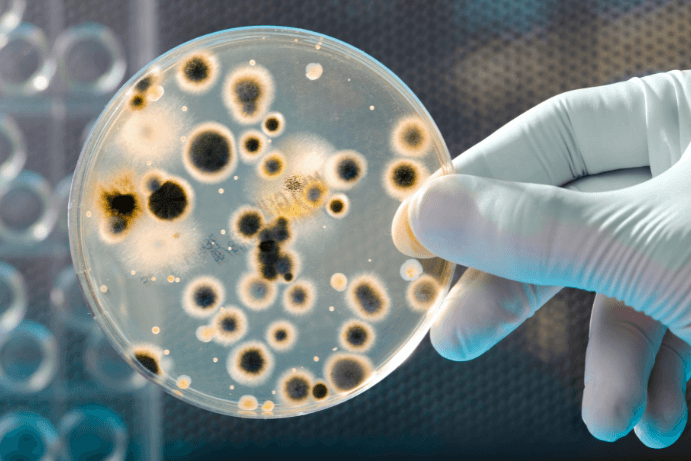In a breakthrough that unites the precision of nanotechnology with the critical needs of modern healthcare, researchers have unveiled a cutting-edge self-powered biosensor that leverages metal-organic frameworks (MOFs) to detect bacteria like Escherichia coli (E. coli) with unprecedented accuracy, speed, and durability. This innovation promises to transform bacteria detection and elimination procedures. Also, the latest development establishes a new era in improving contamination monitoring in food, water, and medical diagnostics.
The New Frontier in Nanotechnology and Healthcare
Nanotechnology continues to push the boundaries of what’s possible in science and medicine. By manipulating matter at the molecular and atomic levels, scientists are developing tools and devices that were once the realm of science fiction.
Among these advances is the emergence of MOF-based biosensors. The biosensor is an enzymatic biofuel cell (EBFC), this device generates electricity using biochemical reactions. The biofuel cells use enzymes like glucose oxidase (GOx) to catalyze reactions at electrodes, converting chemical energy into electricity and hydrogen peroxide. However, over time, these enzymes tend to lose stability.
The latest study offers the solution to this daunting challenge. The research team has encapsulated the enzyme in a hollow metal-organic framework (MOF) called ZIF-8. This is sustainable, stable under various conditions, and offers enzyme protection for a long period.
Now, this capability is harnessed to develop self-powered biosensors. And these can identify bacterial infections rapidly and reliably. Further, preventing the spread of disease and ensuring timely treatment in healthcare settings.
Inside the Breakthrough: MOF-Based Biosensor Technology
According to recent developments published on Advanced Functional Materials, researchers have successfully integrated MOFs into a biosensor platform that demonstrates extraordinary sensitivity for bacterial detection.
The newly developed MOF’s structure, ZIF-8 acts as a highly efficient platform for immobilizing biological receptors. Also, it increases enzymatic activity by over 5 times when compared to solid MOF systems.
In addition, the researchers used antibodies called aptamers (short strands of DNA) in the biosensor. These aptamers are linked to silver nanoparticles (AgNPs). Also, the aptamers will block glucose from reaching the enzyme until E. coli bacteria is detected.
Another value addition by the latest device is the bacterial elimination mechanism. It eliminates the E. coli found by the sensor. The device uses the byproduct of the biofuel cell hydrogen peroxide in a targeted dose. This releases powerful antibacterial ions known as silver ions (Ag+) by oxidizing the silver nanoparticles. The properties of Ag+ can effectively eliminate 99.9% of bacteria in just a few hours.
How the MOF-Based Biosensor Works
The study shows that the latest self-powered biosensors are very sensitive and detect the bacteria E. coli at extremely low concentrations (3 CFU/mL). Also, it is embedded with a catalytic hairpin assembly (CHA) mechanism. It boosts the signal by forming double-stranded DNA structures that enhance the electrical readout.
During the initial tests with seawater samples, the newly developed self-powered biosensor successfully differentiated E. coli from other bacteria. Also, the device sustained the durability tests for a longer period and found functional over multiple uses. Additionally, the bio-sensor showed 91.06% to 101.9% accuracy in detecting the E. coli bacteria, and the device also retained 90% functionality even after five use cycles.
A Conversational Look Ahead
Imagine a future where a simple handheld device can screen for bacterial infections within minutes, and eliminate it. Such self-powered biosensors would not only empower clinicians but also offer patients peace of mind. Also, ensures that infections are detected early. This vision is steadily becoming a reality.
Researchers are excited about the promise of this technology. In a world where every drop of water counts, the ability to rapidly detect and eliminate bacteria like E. coli. This device could significantly alter the landscape of water quality assessments. The union of MOFs and biosensing represents an outstanding example of how interdisciplinary research.
As we stand on the verge of this technological revolution, one thing is clear: the future of drinking water and food will be more safer worldwide. The latest groundbreaking work on self-powered biosensors is not just a step forward in scientific research—it’s a leap toward a healthier, safer tomorrow.

